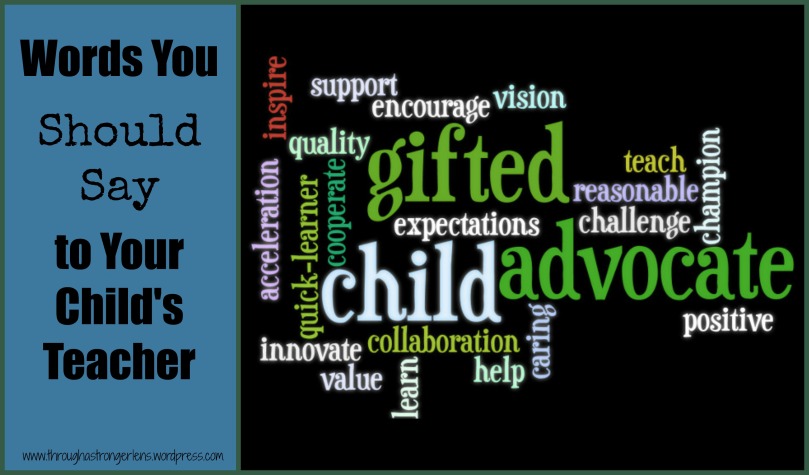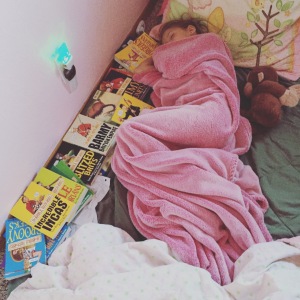*Links in this post direct you to the GHF Amazon Store. I don’t receive any compensation if you purchase through these links, but by doing so, you will support GHF‘s mission to change the way the world views education, at no additional cost to you.*
Back in November, I wrote about our experience with advocating for B within the school system, and the halfhearted response we received. Within a few weeks of that post, she firmly refused to go to school and began telling everyone she had “dropped out”. Waiting until January for the school to do something wasn’t good enough. She told her dad and me, “We talk and sit a LOT. We don’t ever LEARN. I need to LEARN!”
I hear ya, sister.
Thus, we are once again homeschooling.
B misses the social aspect of school quite a bit. I wish it could have been right for her – social, challenging, exciting, pushing her to excel…but it was not.
There is another charter school in town called BASIS that is known for its rigorous academics and she wants to give it a try next year. I’m nursing a hope that it will offer what she needs, while keeping the option to homeschool in the wings. I recently read this post about giving school a second try from Cait at My Little Poppies, and feel similarly.
The rigor might feed her intellectual OE, but does the school have room for the rest of the OE’s? She loves to learn independently, digging deep and soaking all of the details in. Her best day ever is sitting by a fire with a stack of books. I wholeheartedly believe that learning is best accomplished through exploring for interest’s sake, rather than through memorization of trivial facts, coercion or drill-and-kill methods. “Classic learning” as defined by Frank Smith, is pleasant, meaningful and continuous.
Some days, I just want to head back to the classroom and use all of the knowledge I’ve acquired over the last 7 years of raising gifted kids and be the best teacher ever. But we are talking about public schools, and as an outlier myself, it’s just about impossible to imagine fitting myself back into that super-square peg.
Meanwhile, I’ve been reading Jade Rivera’s new book, Micro-Schools, Personalized Learning on a Budget.
In her book, Jade offers life experience of her own, then clearly walks you through each gifted characteristic, explaining how and why micro-schools for gifted/2e children can be such a perfect fit for outlier students.
Jade’s book has me seriously thinking of offering my own alternative program. Micro-Schools is a road map for beginning this journey into progressive education and finding the right families to support and grow with, along with practical knowledge regarding the nuts and bolts of bringing it together. She states, “When it comes down to it, the programs are not about the lessons, but about the community and giving children the chance to learn on their own terms.”
She doesn’t sugar-coat the effort involved with beginning your own program, and warns that you may cry, feel exhausted and as with every new venture, there will be a learning curve to work through. She sends out a challenge:
“By now, I hope you feel inspired to create a learning environment that screams, ‘You’re appreciated! You’re accepted! We want you here!’ Gifted kids deserve it.”
Just thinking about it feels crazy and overwhelming, but after reading Micro-Schools, I do feel inspired! I know several families who are dreading sending their kids to kindergarten next year, or are dissatisfied with their current experience. Perhaps I could begin small and informally, using Micro-Schools as a guide. It’s clear that there is a disconnect between what kids of all abilities need in the classroom and what they are getting. I can’t change the whole system myself, but perhaps I could change a small part of my world.
Are you in the same boat? I highly recommend you pick up Jade’s book. I know it will inspire you too.
Additional Resources:
A Review of Micro-Schools by Jade Rivera, from Bob Yamtich
#gtchat: Micro-schools with Jade Rivera
America Hates its Gifted Kids, Newsweek
By Not Challenging Gifted Kids, What Do We Risk Losing?, MindShift

















You must be logged in to post a comment.